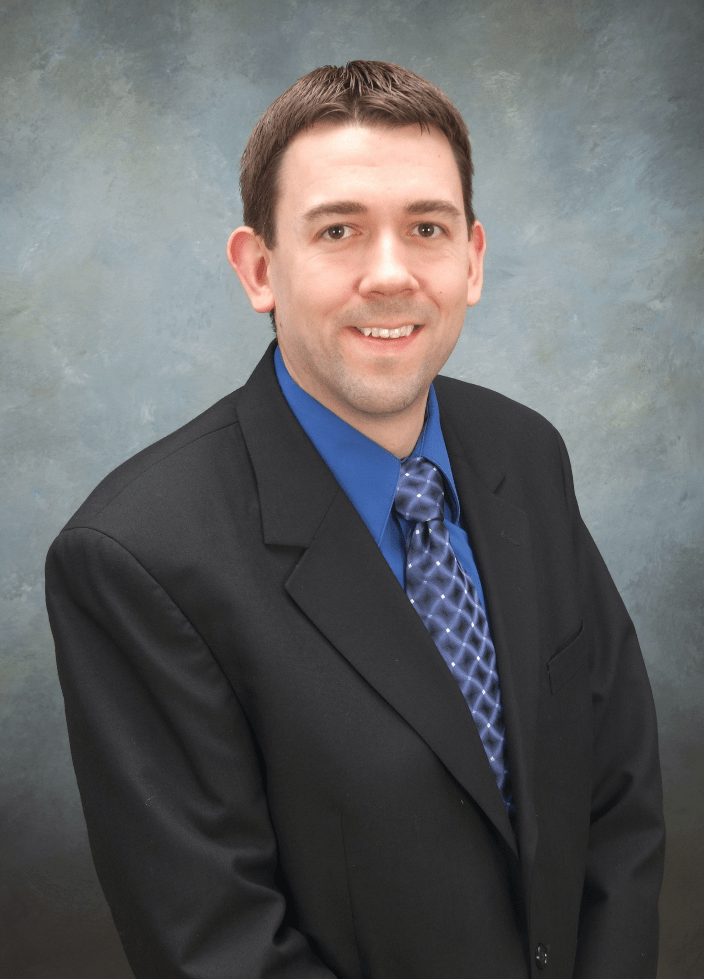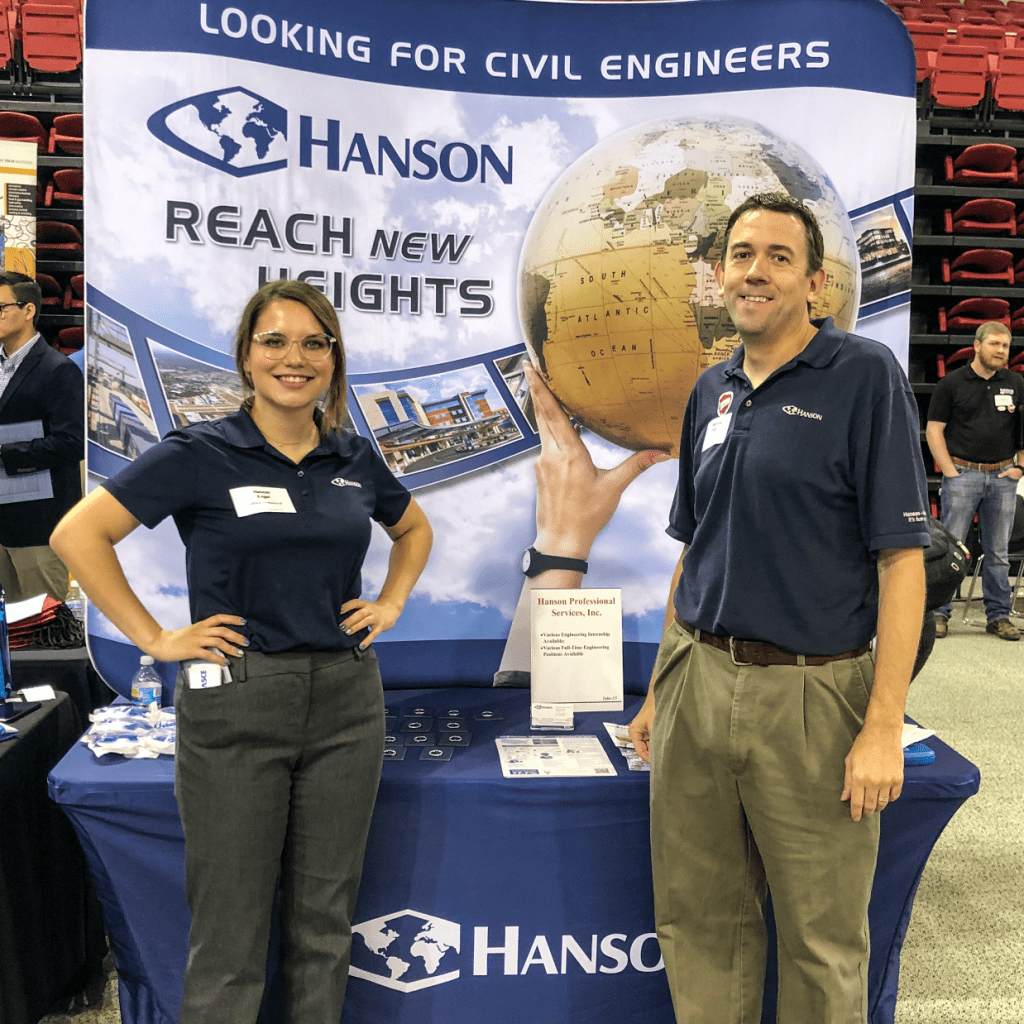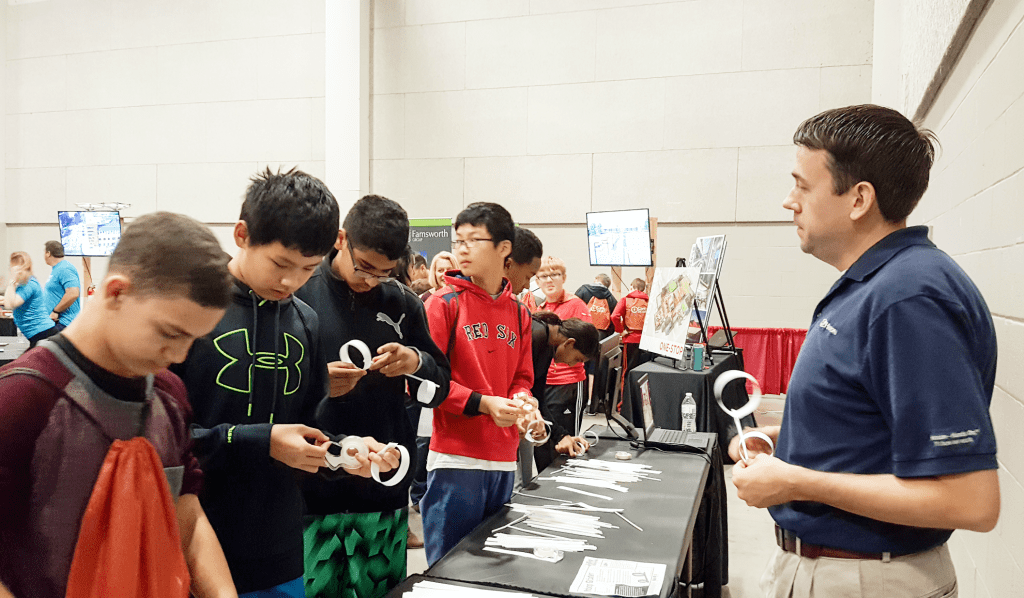Matthew Dawson, P.E., PTOE, is Hanson’s transportation practice lead, managing roadway, traffic, railway and logistics disciplines from Hanson’s Peoria, Illinois, office. He also serves as a project engineer on a range of transportation projects and provides quality assurance reviews of technical documents and plans for projects across the country.
 Matthew Dawson, P.E., PTOE
Matthew Dawson, P.E., PTOE
During his 20-year career, he has worked on the reconstruction of interstates and roadways, bridge replacements, studies and designs of multimodal corridors and provided support services for Class I railroad projects nationwide.
Matthew serves on the Transportation Research Board’s Standing Committee on Performance Effects of Geometric Design, for which he is the co-chair of the Contextual and Multimodal Design Subcommittee. He also helps with peer reviews of research papers and is a frequent member of the Best Paper and Best Graduate Poster committees. He was named the Young Engineer of the Year by the American Society of Civil Engineers’ (ASCE) Central Illinois Section in 2013, a Rising Star in Civil Engineering by Zweig White in 2012, one of InterBusiness Issues’ 40 Leaders Under Forty in 2011 and ASCE’s Outstanding Practitioner Advisor for Zone III in 2001. He is the membership chair for ASCE’s Illinois Valley Branch and is a member of the Institute of Transportation Engineers.
Matthew earned bachelor’s and master’s degrees in civil engineering in 2000 and 2010, respectively, from Bradley University. He is a licensed professional engineer in Illinois, Idaho and Missouri and a certified professional traffic operations engineer (PTOE).
“What I still enjoy most about being an engineer is seeing the projects that we have worked on be built and put into service.”
— Matthew Dawson, P.E., PTOE
Here, Matthew talks more about his career and what drives him at work and in life.
What led me to pursue this career?
Growing up, I would spend my days playing in the sandbox building roads and using Legos to construct buildings and vehicles of all types. Originally, I wanted to be an architect and took several classes in high school on AutoCAD and basic architectural design. When discussing my future career aspirations with my guidance counselor, he steered me away from architecture, claiming that I could not make a reasonable living in that profession, and I turned to engineering. That may have been the best piece of likely inaccurate advice that he bestowed upon me during high school, since it led me to the best possible career choice I could have made.
 Hanson’s Hannah Engel, left, a civil airport designer, former intern and Bradley University graduate, and Matthew represented Hanson at a job fair at Bradley in Peoria in 2019.
Hanson’s Hannah Engel, left, a civil airport designer, former intern and Bradley University graduate, and Matthew represented Hanson at a job fair at Bradley in Peoria in 2019.
What I do on a typical day on the job:
This can vary widely from day to day. Most days are a combination of managing Hanson’s transportation practice and designing projects for various clients. Together with Hanson’s discipline managers, we work to balance staffing needs and address challenges across our various offices. On the technical side, I am typically leading multiple ongoing roadway projects in Illinois and Missouri. In addition to those projects, I often provide design and plan set reviews for projects big and small.
My favorite part of my job:
Solving problems! That can be technical challenges on a project and meeting a deadline or helping to manage staff within Hanson’s transportation practice. There is never a dull or ordinary day in this job. Considering all of that, what I still enjoy most about being an engineer is seeing the projects that we have worked on be built and put into service.
The biggest challenge I have faced on the job:
The easy answer is the rapid and now sustained adjustments that we all have had to make for COVID-19. We have done a great job adjusting to, and balancing, the changes required to work from home, and in many cases, acting as our children’s teachers. Thinking beyond the current circumstances, it is always tough when friends and colleagues choose to leave and pursue new opportunities. It is a fact of most businesses that staff will change over time, but that doesn’t make it easy to part ways with those whom you have helped train and come to depend on.
 Matthew shows Peoria area eighth-grade students how to construct hoop gliders during the first Greater Peoria CareerSpark event in Peoria in 2017.
Matthew shows Peoria area eighth-grade students how to construct hoop gliders during the first Greater Peoria CareerSpark event in Peoria in 2017.
Notable projects I have worked on:
I have been lucky to work on a wide variety of project types and sizes over the last 20 years. I spent the first three years of my career at Hanson redesigning Interstate 74 through downtown Peoria, followed by a year and half on the south Tri-State Tollway (I-294) near Chicago. These were great learning experiences that helped me build relationships with team members in numerous offices. Since those first big jobs, I have worked on several Complete Streets projects in Illinois, which involved designing safe, accessible streets to improve mobility for all users. The Washington Street and Warehouse District projects in Peoria and the Multimodal Corridor Enhancement Project in Champaign and Urbana have been particularly rewarding. Working for the Missouri Department of Transportation and helping Hanson’s railway market with projects in various states has also been a fascinating experience as we work to unravel how each new jurisdiction likes their designs to be prepared at least a little bit differently than their neighbors.
What I like to do when I’m not working:
We have three sons, from ages 3 to 12, who keep my wife and I busy. When I can, I like to do woodworking. In our previous home, I spent a lot of time gutting and remodeling various rooms, but when we moved a few years ago to a newer home, there was not a need for that. Instead, I am now more focused on building projects for the kids and our yard, such as their sand box, a self-watering garden and floating shelves for my oldest son’s Star Wars Lego collection. Recently, I have been trying my hand at building cabinets. When global conditions allow, I love to watch the Chicago Cubs and Bradley’s basketball team play!